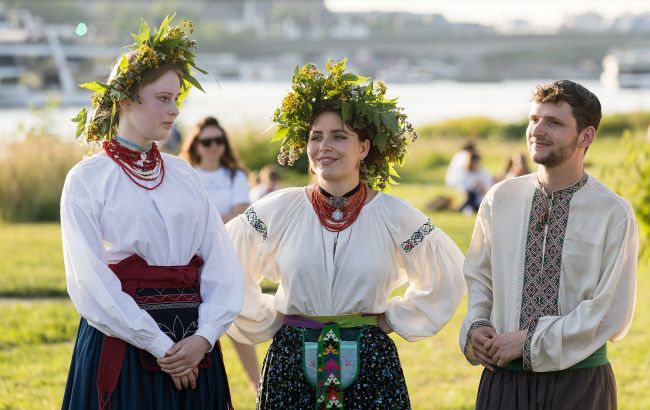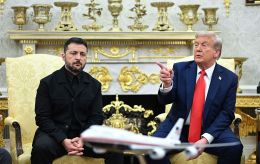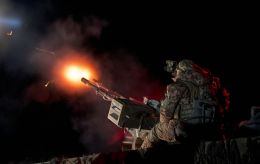Forbidden holidays of Ukraine: How traditions survived Soviet repression
 How Ukrainians fought to preserve traditional holidays under Soviet rule (photo: Getty Images)
How Ukrainians fought to preserve traditional holidays under Soviet rule (photo: Getty Images)
From Christmas to Ivana Kupala, the Ukrainian calendar was rich with holidays that combined entertainment, religious rituals, and cultural identity. But different historical eras brought bans. The Soviet regime called them "religious delusion," while the empire labeled them a "dangerous display of ethnic separateness." Which holidays did Ukrainians manage to keep despite repression and bans?
Christmas: Forbidden holy day
During Soviet times, celebrating Christmas was persecuted as a "manifestation of religious obscurantism." Instead of the Bethlehem star, trees were topped with five-pointed stars, and instead of Jesus, there was Grandfather Frost.
However, in the villages, people continued to sing carols, cook kutia, and stage nativity plays. Even under strict control, traditions survived through family rituals and communal celebrations.
In 1972, there were even cases when carolers and malanka performers were arrested and detained. On January 12, the KGB arrested Christmas carol singers in Lviv and Kyiv, including Vasyl Stus, publicist Viacheslav Chornovil, poet Iryna Stasiv-Kalynec, philosopher Yevhen Sverstiuk, and artist Stefaniia Shabatura.
Meanwhile, in Kryvorivnia, Hutsuls held secret "koliada" celebrations so that no one would see them. Sometimes, even the lyrics of carols had to be rewritten, replacing Jesus with Lenin.
 Nativity play and carolers at Christmas (photo: Getty Images)
Nativity play and carolers at Christmas (photo: Getty Images)
Green Holidays and Ivana Kupala: Pagan evil
The holiday of the Trinity (Green Holidays) and especially Ivana Kupala were considered remnants of "pagan rituals." Soviet ideology sought to eradicate them.
Yet young people continued to weave wreaths, jump over fires, and gather in forests. These rituals lost their direct religious meaning, but they preserved the cultural tradition and symbolism of the Ukrainian spring.
Memorial days: Religious remnants
Observing remembrance days and Sundays for the dead was also forbidden. People were punished for "mass gatherings at cemeteries."
But Ukrainians still visited the graves of their relatives, bringing Easter bread, embroidered towels, and prayers. Officially, this could be called cleaning or visiting, but the tradition endured. That is when the custom of mass cleaning at cemeteries on certain days appeared.
Spas, Makovii, Pokrova: 'Too national'
The blessing of honey, apples, and poppy seeds, as well as the Pokrova holiday, cherished by Cossacks, was viewed by authorities as an expression of Ukrainian ethno-religious resistance.
Processions on Pokrova were banned, but in many regions, people continued marking the day at home, praying and maintaining family traditions.
 Blessing apples at Spas in church (photo: Getty Images)
Blessing apples at Spas in church (photo: Getty Images)
Malanka: Carnival that survived
Malanka, with its disguises, music, and satire, alarmed the authorities because it allowed for criticism, laughter, and freedom.
In Western Ukraine, despite repressions, it was celebrated every year, often disguised as a theatrical performance or folk group activity.
Why Ukrainians celebrated despite bans
Holidays were not just entertainment. They helped preserve family memory, language, and faith.
For many, it was a form of silent protest, a way to safeguard dignity and unity. Even underground celebrations gave a sense of normal life under repression.
Sources: Institute of National Remembrance, Center for Research of the Liberation Movement, Ukrainer.

